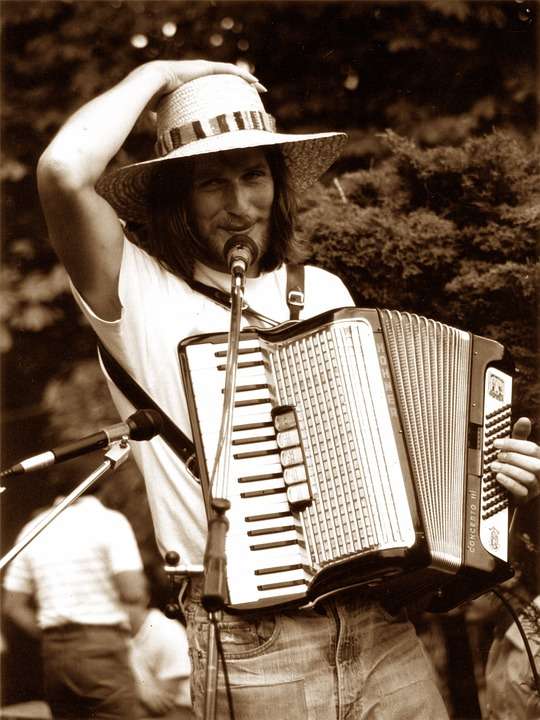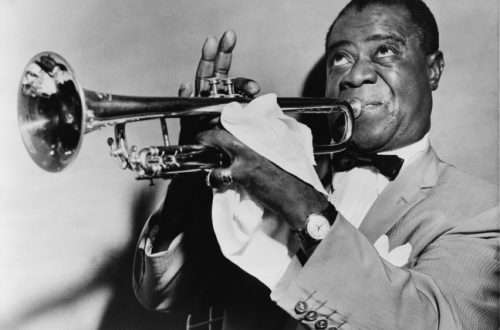
A 120-bass or 60-bass accordion?
Contents
 There comes a time in the life of every, especially young accordionist, when the instrument should be replaced with a larger one. Usually it happens when, for example, we are running out of bass in the keyboard or on the bass side. We should not have major problems with trying to assess when it is best to make such a change, because the situation will verify itself.
There comes a time in the life of every, especially young accordionist, when the instrument should be replaced with a larger one. Usually it happens when, for example, we are running out of bass in the keyboard or on the bass side. We should not have major problems with trying to assess when it is best to make such a change, because the situation will verify itself.
This usually manifests itself when playing a piece, when we find that in a given octave we no longer have a key to play. Such an ad hoc solution to this problem will be to move, for example, only a single note, a measure or the entire phrase by an octave up or down. You can also play the whole piece in a higher or lower octave by adjusting the pitch of the sound with registers, but this is rather in the case of only simple, not very complex pieces.
With more elaborate forms and a small instrument, this is unlikely to be possible. Even if we have such a possibility, it obviously does not solve our problem forever. Sooner or later, we can expect that with the next piece played, such a procedure will be difficult or even impossible to carry out. Therefore, in a situation where we want to have comfortable playing conditions, the only reasonable solution is to replace the instrument with a new, larger one.
Changing the accordion
Usually, when we play small accordions, e.g. 60-bass, and switch to a bigger one, we wonder whether we might not jump on a 120-bass accordion right away, or maybe an intermediate one, e.g. 80 or 96 bass. When it comes to adults, of course, there is no major problem here and from such an exemplary 60, we can immediately change to a 120.
However, in the case of children, the matter depends primarily on the height of the learner. We cannot treat our talented, e.g. eight-year-old child, who is also small in body structure and small in height, with a nightmare in the form of a transition from a small 40 or 60 bass instrument to a 120 bass accordion. There are situations when exceptionally gifted children can deal with it and you cannot even see them behind this instrument, but they are playing. Nevertheless, it is very uncomfortable, and in the case of a child, it may even discourage them from continuing to exercise. The basic requirement during learning is that the instrument is technically fully functional, tuned and properly sized to the age, or rather height, of the player. So if a child starts an example of learning at the age of 6 on a 60-bass instrument, then the next instrument in, for example, 2-3 years, should be 80.
The second issue is to estimate how much larger instrument we really need. It largely depends on our technical capabilities and the repertoire we play. There really is no point in buying a 120, for example, if we play simple folk melodies within one – one and a half octaves. Especially when we play standing up, it should be borne in mind that the bigger the accordion, the heavier it is. For such feasting, we usually need an 80 or 96 bass accordion.
Summation
When you start learning from a small instrument, you should take into account that sooner or later the moment will come when you will need to change to a larger one. It is a mistake to buy an exaggerated instrument, especially in the case of children, because instead of joy and pleasure, we can achieve the opposite effect. On the other hand, small adults of short stature, if they need a 120-bass accordion, they always have the option to choose the so-called ladies.
Such accordions have narrower keys than the standard ones, so the overall dimensions of 120-bass instruments are about the size of 60-80 bass. This is a very good option as long as you have slender fingers.





